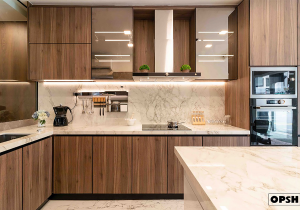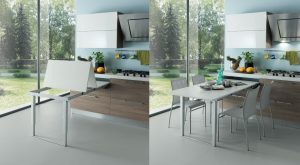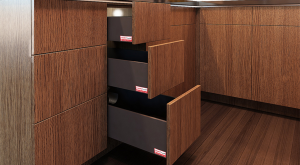Featured Post
The Power of Color in Small Space Design
Overview
Living in a small space doesn’t mean giving up on style or comfort. With the right colors, you can make any tiny room feel bigger, brighter, and more welcoming. This article dives into The Power of Color in Small Space Design, offering practical tips and personal insights to help you create a space that’s both functional and beautiful.
Why Color Matters in Small Spaces
Color isn’t just about looks—it changes how we feel and see a room. In small spaces, it’s a game-changer. Light colors can make a room feel open and airy, while darker shades can add coziness. Picking the right hues lets you control the vibe and even trick the eye into seeing more space.
I learned this firsthand in my old studio apartment. The walls were a dark green, and it felt like the room was closing in. Switching to a soft beige opened everything up—it was like adding square footage without moving a wall. That’s the magic of color!
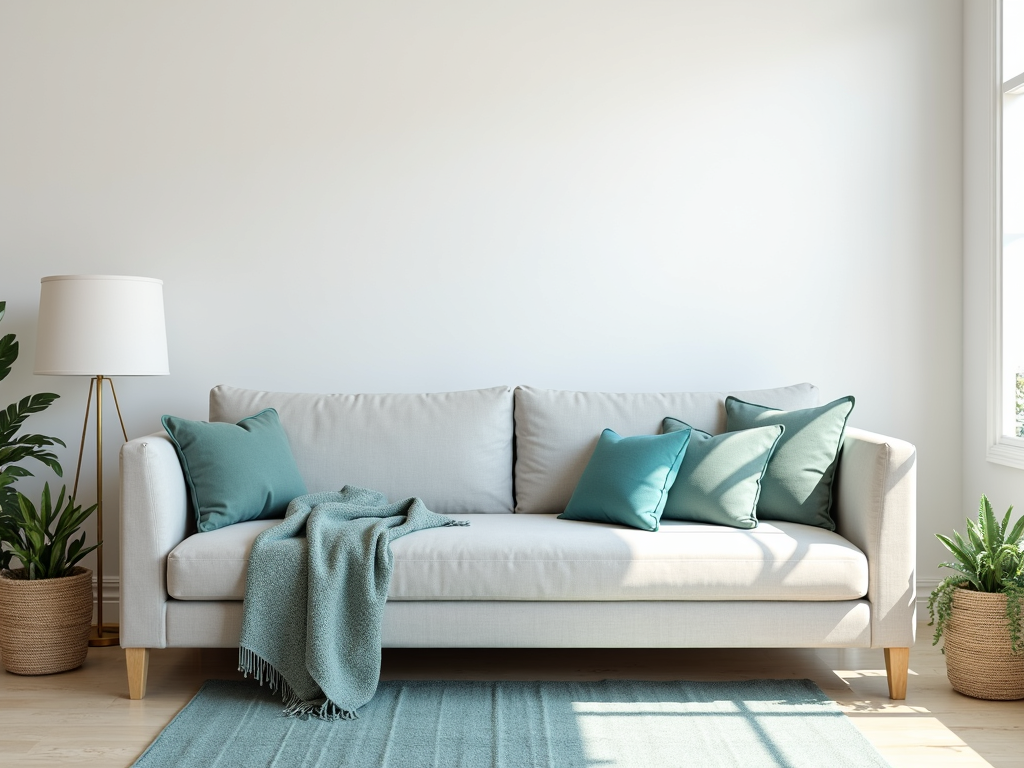
Understanding Color Psychology
Colors do more than decorate—they affect your mood. According to research from the University of Texas, blue can calm you down, while yellow lifts your spirits. In small spaces, this is huge. A soothing green might make a cramped bedroom feel restful, while a bold red could energize a tiny office—but use it sparingly, or it might feel overwhelming.
Popular Colors and Their Effects
- White: Reflects light, making spaces feel bigger.
- Blue: Calms and cools, perfect for relaxation.
- Yellow: Adds warmth and cheer, great for kitchens.
- Gray: Neutral and modern, balances bold accents.
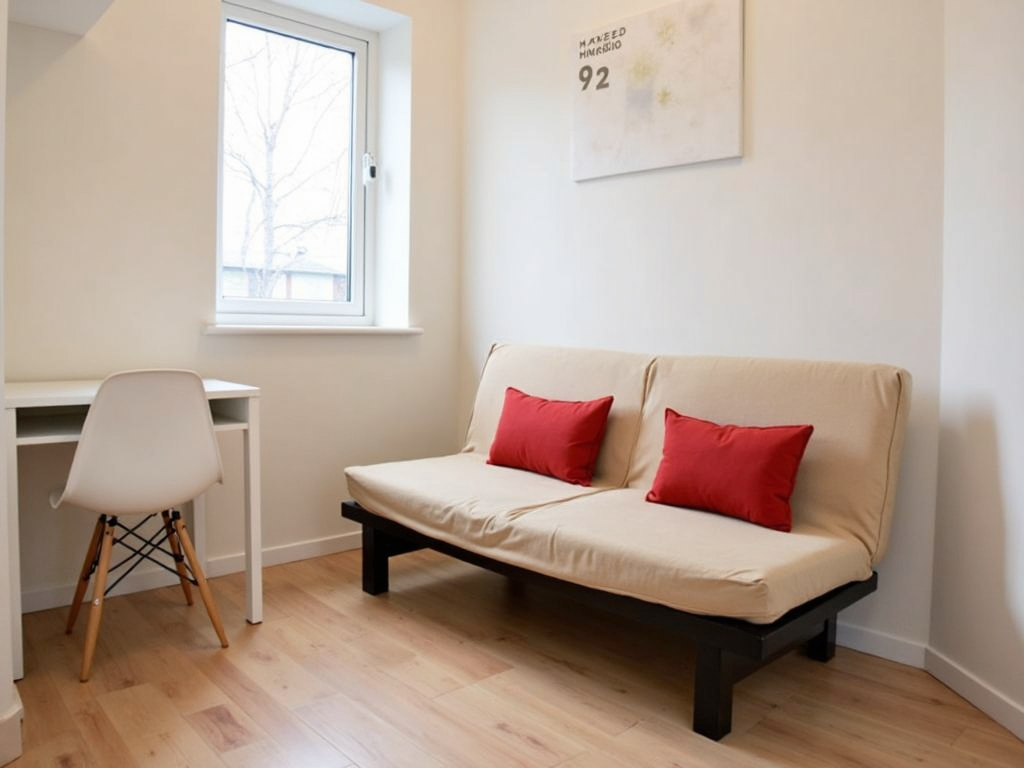
Choosing a Color Scheme
A good color scheme ties a small space together. Here’s how to pick one:
- Monochromatic: Stick to one color in different shades—like light gray walls with a darker gray futon. It’s simple and spacious.
- Analogous: Use colors next to each other on the wheel, like blue and green, for a smooth, unified look.
- Complementary: Pair opposites like orange and blue for contrast, but keep it subtle in tight quarters.
For a personal touch, try customizable futon covers for unique styles. A futon with a bright cover can anchor your scheme while doubling as a bed or sofa—perfect for small living spaces.

Using Accent Colors
Accents add personality without cluttering a small room. Pick one or two colors and sprinkle them in—think pillows, rugs, or a vase. I once added mustard yellow cushions to a gray sofa in my apartment. It brought the space to life without feeling busy.
Cool accents like blue keep things open, while warm ones like red add energy. Balance is key—too many bold hues can shrink the space visually.
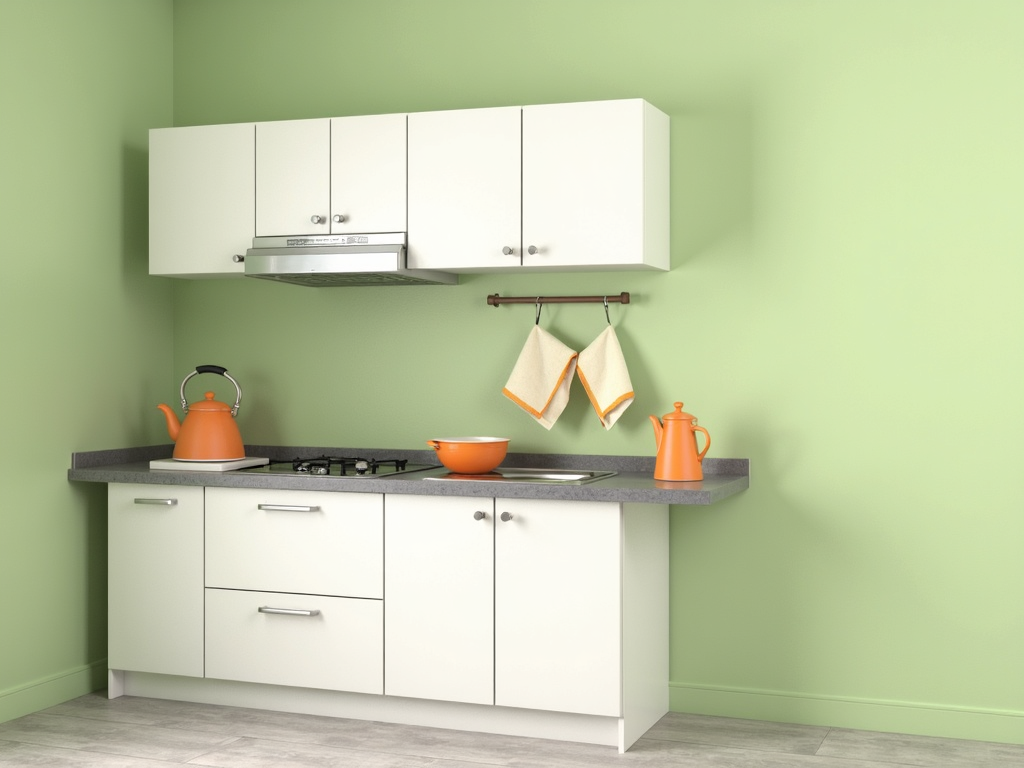
Natural Light and Color
Light changes how colors work. Rooms with big windows can handle darker shades, but dim spaces need light tones to feel bigger. The U.S. Department of Energy notes that light colors reflect up to 80% of light, brightening a room naturally.
No windows? Warm shades like peach can fake a sunny glow. Mirrors help, too—hang one across from a light source to bounce color and brightness around.
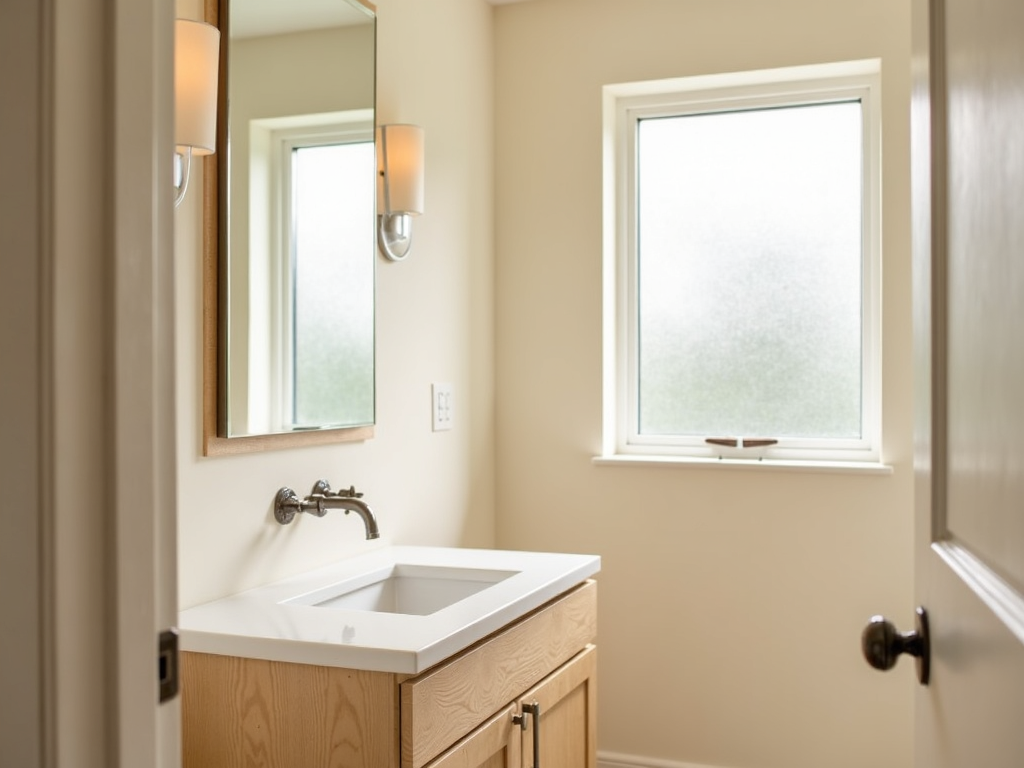
Furniture and Color
Furniture sets the tone in small spaces. Light pieces—like a white table—blend in, keeping things open. Darker items, like a navy futon, can stand out as a focal point. I’ve found futons especially handy; they save space and let you play with color through customizable futon covers for unique styles.
Mixing furniture colors works if you keep it simple. A neutral base with one colorful piece—like a red chair—can tie into Top Home Decor Trends for Small Living Spaces without overwhelming.
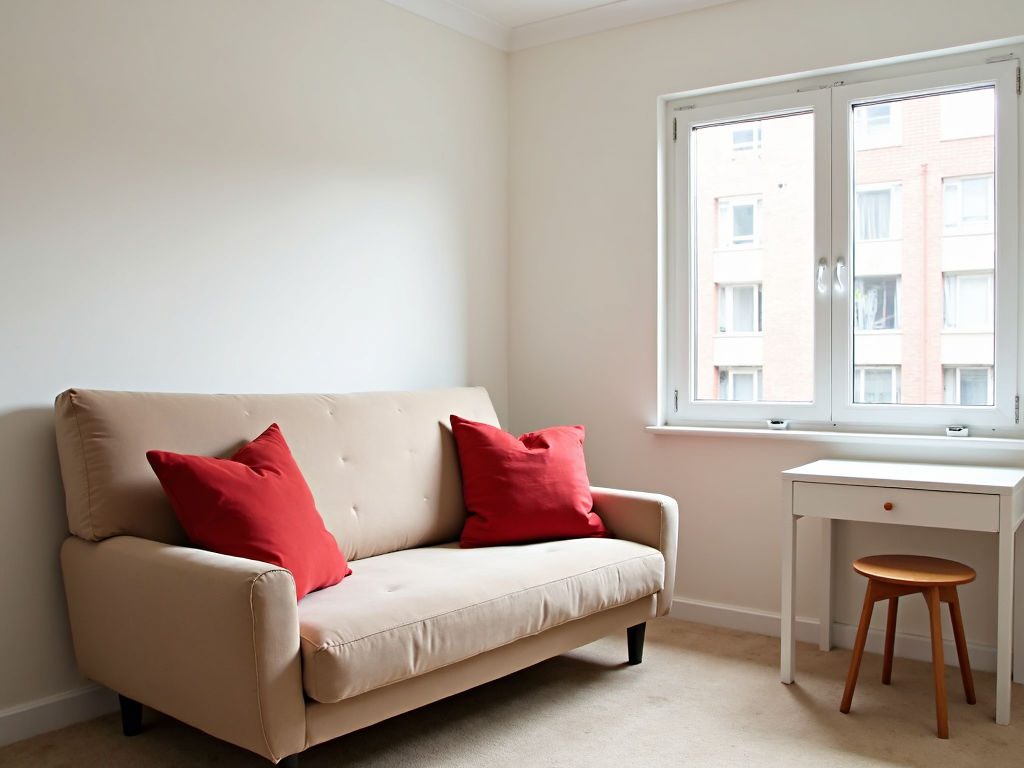
Mistakes to Avoid
Color can backfire if you’re not careful. Here’s what to skip:
- All Dark Walls: They can make a room feel like a box.
- Too Many Patterns: One bold print is enough.
- Forgetting the Ceiling: Paint it light to lift the space.
I once overdid it with a striped rug and floral curtains in a small room. It was chaos! Scaling back to solids made a huge difference.
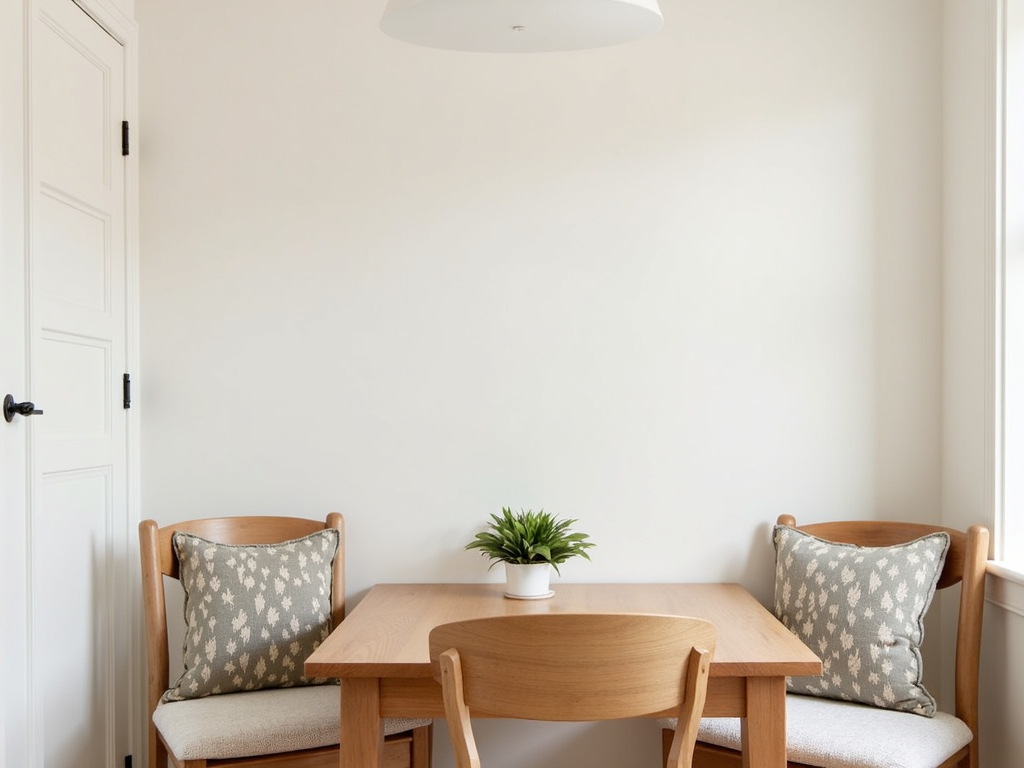
Practical Tips for Success
Start small—paint one wall or swap out a futon cover. Test colors with samples first; lighting changes everything. Measure your space, too—furniture should fit without crowding. These steps make The Power of Color in Small Space Design work for you.
For more science on this, the American Psychological Association explains how color influences perception—great for planning your next project.

Wrapping Up
Color is your secret weapon in small space design. It can stretch a room, set a mood, and show off your style—all without knocking down walls. From light walls to a vibrant futon, the right hues make small living spaces shine. Experiment, have fun, and watch your tiny home transform!




